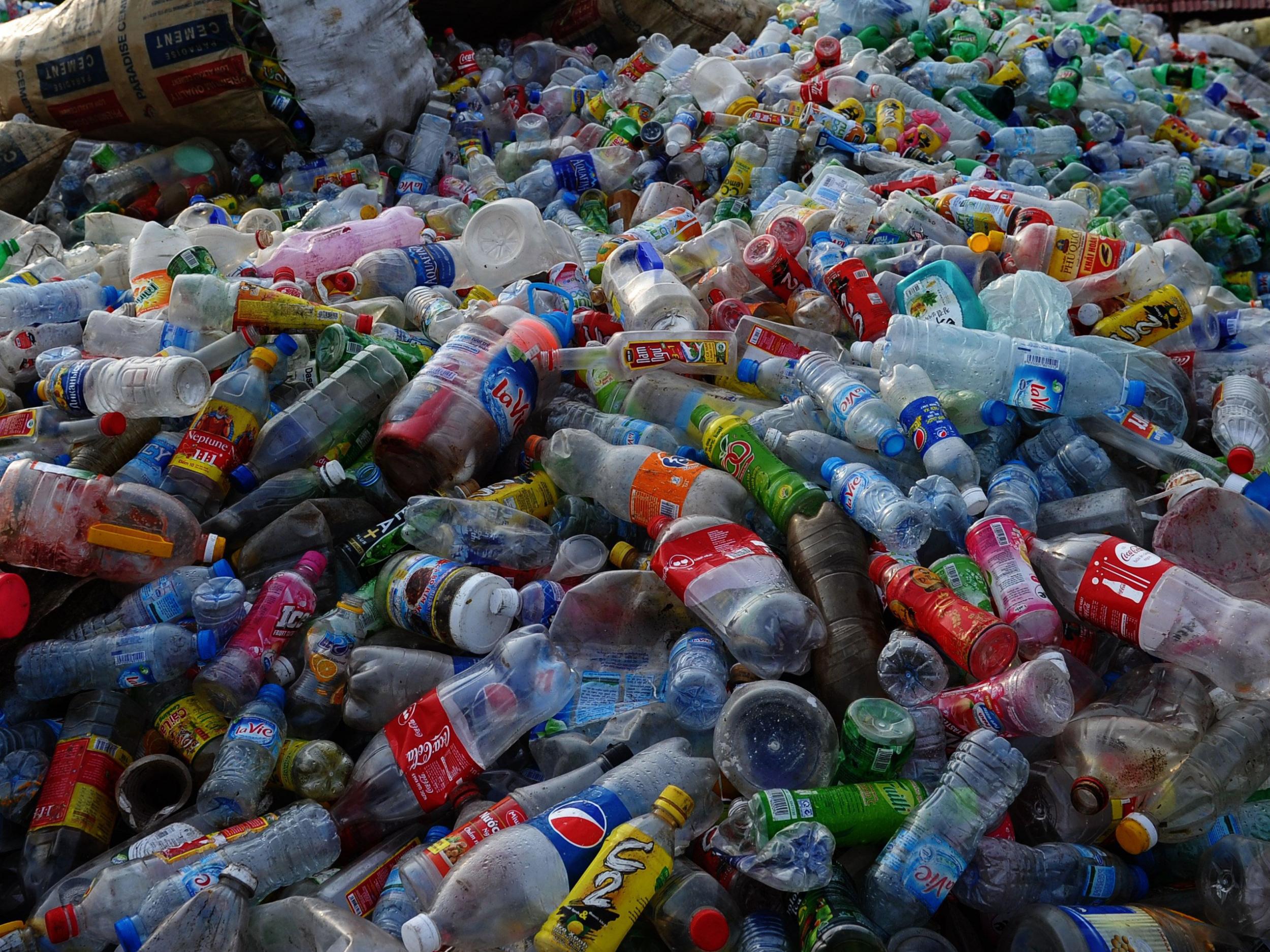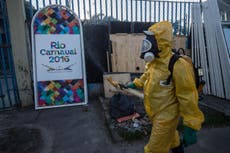After hearing these facts, I decided to give up single-use plastic
A vast amount of the plastic produced by humans to use for a few brief moments ends up back in the same place. And unfortunately that’s become a major problem. The sort of problem that cannot be ignored

Death to the immortal plastic! This, for the next month, shall be my battle cry.
Well, ok, not quite death, more like less life, less creation. The idea is that I will live for the whole of June without buying any single-use plastic: a plasticised coffee cup, some nicely chopped fruit in a plastic tub, a sandwich with a little plastic film so you can see what it looks like. That sort of tremendously useful thing.
They are all things I have, on countless occasions, bought, used for a few minutes and then thrown away.
But the Marine Conservation Society is trying to persuade people to stop doing that for a day, a week or however long they can manage because of the devastating effect on the seas that all this plastic is having. They’re not completely insane though, you’ll be glad to hear, stressing that “the Plastic Challenge isn't all about living completely plastic free – in this day and age that would be pretty near impossible”.
The lifecycle of a piece of plastic is considerable. Go back for enough, and my particular bit of plastic might have been a tiny animal floating about in the ocean minding its own business.
Its death followed by millions of years of being squashed and cooked by the weight of the world on top of it turned it into crude oil before it was sucked up in a pipe by humans and transformed into plastic.
Given its origins in the seas, it is somewhat ironic that a vast amount of the plastic produced by humans to use for a few brief moments ends up back in the same place.
And unfortunately that’s become a major problem. The sort of problem that cannot be ignored.
Using the sea as a rubbish dump is a time-honoured human tradition. Normally we used rivers to take our waste out into the oceans. And this was, relatively speaking, fine until the invention of plastic.
Because plastic breaks a fundamental law of nature – it fails to go away. It’s thought it could hang around for thousands of years, it might as well be immortal.
In little over half a century, we have made utterly astonishing progress towards filling up the ocean.
According to some estimates there will be the same amount of plastic in the oceans as there are fish by 2050.
Perhaps "plenty more plastic in the sea" will become a more comforting metaphor for the number of available sexual partners.
Plastic is becoming all pervasive in the marine environment. A study by the United Nations Environment Programme (UNEP) has estimated there were 46,000 pieces of plastic litter per square mile.
At the moment, the oceans actually do a pretty good job at sweeping a lot of it up and corralling it in the deep ocean. The Great Pacific Garbage Patch is one such enormous swirling mass of junk, but all the big oceans have them.
Not only does plastic contain hormone-disrupting chemicals of its own, but it attracts chemicals in the environment “like a magnet”.
So much so that some scientists say it should be treated as toxic once it gets into the natural environment.
Plastic is nasty stuff. Particularly if you are a filter feeder. Or a bird that’s evolved to eat things that float on the surface of the sea because in the natural world that’s usually edible. Or if you are a top predator that eats other animals that have been eating a lot of plastic. If you are a male polar bear, not only do you have to contend with the disappearing sea ice, but chemicals in or on plastics can apparently make your penis bone snap off.
While plastic doesn’t go away, it does get ground down into tiny pieces. Sometimes humans have done this already such as microbeads in facial scrubs or microfibers in that fleece I have at home.
The cosmetics industry, recognising the complete idiocy of flushing tiny pieces of plastic from our showers, straight through sewage treatment works and into the sea, has helpfully agreed to carry on using them regardless for the next four years.
The clothing industry has almost completely ignored the issue of microfiber pollution. Just try not to think about all the tiny fibres your plastic clothes are shedding every time you put them in the wash. They are every bit as bad as microbeads.
The tiniest pieces of plastic are capable of passing through the gut and getting inside the bodies of animals. Scientists recently managed to film a tiny piece of polystyrene inside a blood vessel of a mussel.
So that plastic, with its load of toxic chemicals, is getting into our seafood and, in all likelihood, getting into us.
Life as we know it is becoming plasticised. Some life will doubtless cope with this quite well. Other species will not be so lucky.
So in addition to changing the climate in a way that should take millennia, humans have over the course of a few decades started to affect evolution in a dramatic new way.
It is utterly unsustainable and cannot continue. At some point we are going to wake up to this. And sooner would be better than later.



Join our commenting forum
Join thought-provoking conversations, follow other Independent readers and see their replies